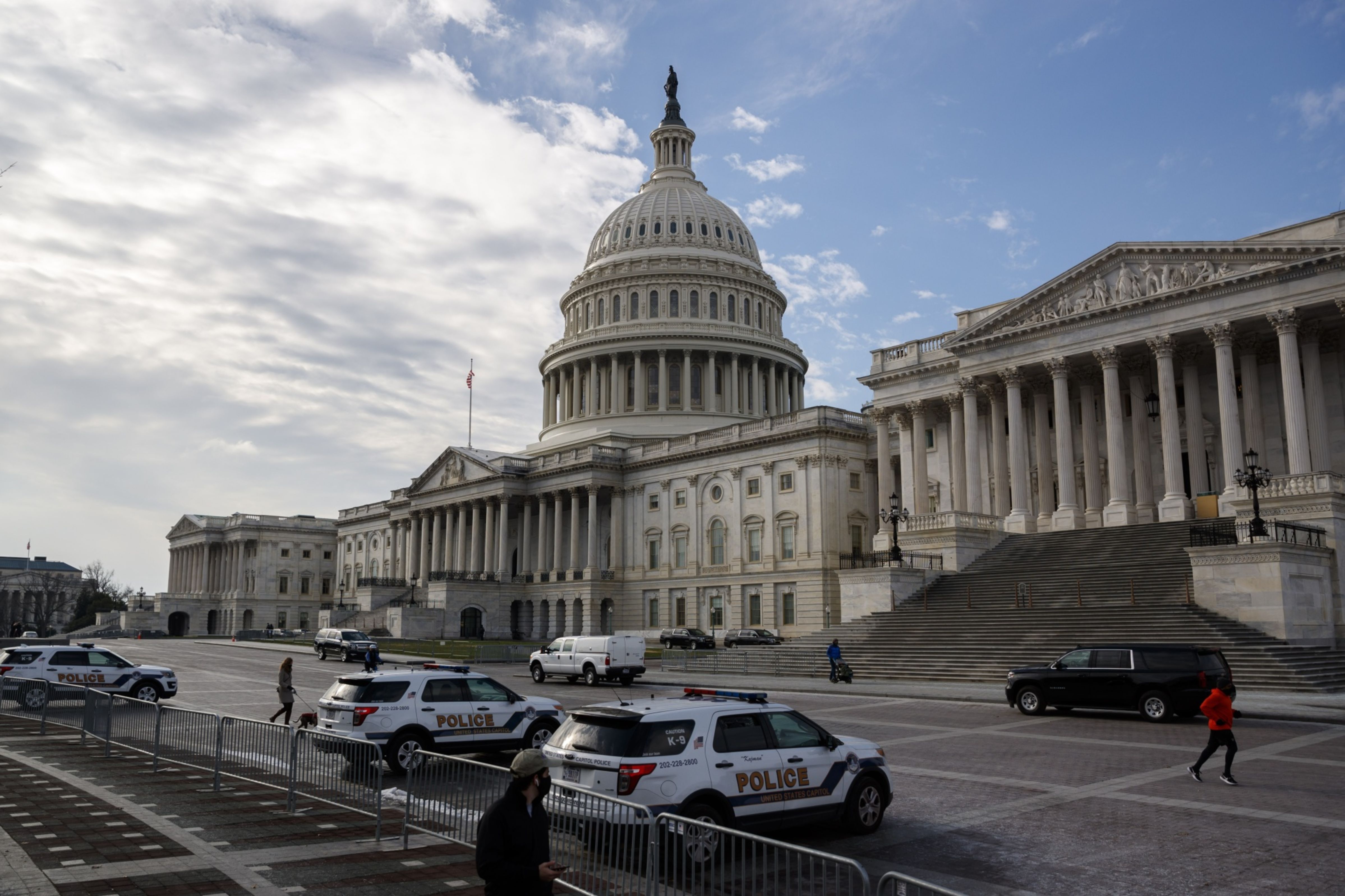The House and Senate are set to vote Monday on $900 billion in pandemic relief aimed at boosting the U.S. economy into the early spring, combined with $1.4 trillion to fund regular government operations for the rest of the fiscal year.
The bill includes help for small businesses, the jobless and direct payments to most Americans. It also provides funding for vaccine distribution, food assistance, tax breaks and money for education and child care.
The provisions aimed at the fallout from the coronavirus represent the second-largest economic rescue package in American history, behind the $1.8 trillion virus relief package that was signed into law just nine months ago. It surpasses the $787 billion stimulus passed in response to the financial crisis in 2009.
Together with the omnibus spending bill, the total package is worth $2.3 trillion. Here are some highlights of specific provisions:
Direct payments
The bill provides $600 in one-time direct payments to individuals and $600 per child. The payments would be phased out for individuals over a certain income threshold. Payments could begin flowing quickly through the Internal Revenue Service, which already had set up a system to distribute $1,200 payments in the stimulus bill passed in March.
Several senators, including Missouri Republican Josh Hawley and Vermont Progressive Bernie Sanders, said they wanted larger stimulus payments, but they agreed not to object to a final deal with the smaller amount. Progressive Democrats in the House have started calling these “survival checks.”
Unemployment insurance
Federal unemployment insurance benefits will be extended, with each week supplemented by a $300 payment, similar to the extra $600 supplement that expired at the end of July.
It includes people receiving state unemployment benefits as well as those receiving Pandemic Unemployment Assistance, the pandemic program that provided jobless benefits to those not traditionally eligible like gig workers and the self-employed. Without congressional action, the program was on track to expire at year-end, which would have caused millions of Americans to lose their jobless benefits.
Pandemic Emergency Unemployment Compensation, which provided up to 13 additional weeks of jobless benefits to those who had exhausted their regular state benefits, was extended as well.
Unlike stimulus payments and forgiven PPP loans, which aren’t subject to federal taxes, unemployment insurance recipients must pay income taxes on their jobless benefits. Many states don’t automatically withhold taxes when they distribute those payments, so recipients will owe those taxes when they file their tax returns next spring.
Help for companies and airlines
The aid package includes $284 billion for the Paycheck Protection Program that was created in the CARES Act. That program’s loans to firms with fewer than 500 employees can be fully forgiven if companies keep people on their payroll.
The legislation clarifies that business owners can write off expenses paid for with forgiven PPP loans, giving small companies a tax break that could amount to more than $100 billion. The legislation would override an IRS decision that says businesses can’t claim deductions on costs, such as rent and wages, paid for with tax-free PPP money.
It also includes $15 billion to reinstate payroll reimbursements to airlines, which expired two months ago, as well as $1 billion for airline contractors.
Tax breaks
The legislation includes a priority for President Donald Trump: an expansion of the business meals deduction — a tax preference he narrowed just three years ago in his 2017 tax overhaul. Economists have said the change would do little to help struggling restaurants.
It also includes a renewal of the employee retention tax credit for businesses that keep workers on their payrolls. The break gives companies an additional incentive to keep people employed as many firms still face revenue downturns but have run out of PPP money or never qualified for it.
The package makes changes to the earned income tax credit and the child tax credit to make it available to people who lost wages or jobs during the pandemic, as well as an expanded Low Income Housing Tax Credit to boost construction of housing for low-wage families.
Energy and the environment
The bill calls for the U.S. to join other nations in phasing out hydrofluorocarbons used in air conditioning and refrigeration systems. While hydrofluorocarbons aren’t nearly as bad for the ozone layer as chlorofluorocarbons, the chemical they were designed to replace, they still have hundreds to thousands of times the heat-trapping power of carbon dioxide.
The legislation includes the Water Resources Development Act that deals with water-related infrastructure.
The package also extends the production tax credit for renewable energy projects.
Housing, education and other provisions
The measure contains $25 billion for emergency rental assistance, and it extends the CARES Act’s eviction moratorium.
Other key funding provisions include funds for virus testing, tracing and vaccine development and distribution. It also has $82 billion for education funding, as well as $7 billion for rural broadband, $10 billion to support childcare providers and funds for the U.S. Postal Service. It provides $13 billion for nutrition assistance.
Non-pandemic measures
The larger $2.3 trillion package includes $1.4 trillion in regular appropriations to keep the government operating through the end of fiscal 2021 on Sept. 30. A last-minute deal kept $12.5 billion for Veterans Affairs health funding under the total spending budget cap.
The combined bill also includes long-discussed legislation to protect patients with health insurance from “surprise” medical bills in most emergency situations, including air ambulance rides. Patients also wouldn’t have to pay bills received more than 90 days after a visit, and health plans and providers would have to provide patients with more information on their networks and costs.
— With assistance from Alan Levin, Ari Natter and Steven T. Dennis